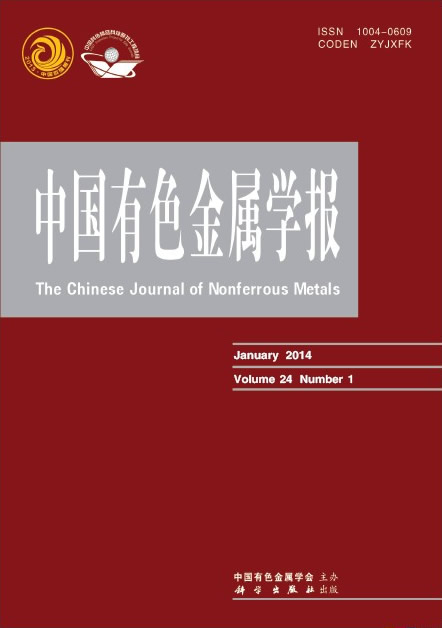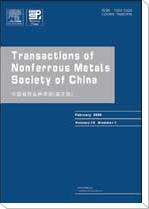中国有色金属学报(英文版)
Transactions of Nonferrous Metals Society of China
| Vol. 35 No. 9 September 2025 |
(1. State Key Laboratory of Mineral Processing, Northeastern University, Shenyang 110819, China;
2. School of Resources and Civil Engineering, Northeastern University, Shenyang 110819, China;
3. Engineering Research Center of Frontier Technologies for Low-carbon Steelmaking (Ministry of Education), Shenyang 110819, China)
Abstract:Addressing the environmental issues of traditional vanadium extraction methods from vanadium-bearing shale, a highly efficient and clean suspension oxidation roasting-curing-leaching process was proposed and semi-industrial trials were conducted. Vanadium in raw ore mainly exists in sericite, roscoelite, and limonite, predominantly in the forms of V(III) and V(IV). Under the conditions of a feed rate of 30 kg/h, an air flow rate of 28.0 m3/h, an O2 flow rate of 4.0 m3/h, and a temperature of 900 °C in both the suspension furnace and fluidized reactor, the vanadium-bearing mica underwent dehydroxylation and transformed into illite-montmorillonite. These changes disrupted the crystal structure of mica, facilitating vanadium extraction. Compared to direct acid leaching, curing- leaching demonstrates better performance in vanadium extraction. Under the conditions of curing temperature of 130 °C, acid dosage of 40 wt.%, curing time of 6 h, and leaching time of 3 h, a V2O5 leaching efficiency of 83.92% was achieved.
Key words: V-bearing shale; suspension roasting; curing-leaching; pilot case; mineralogy


